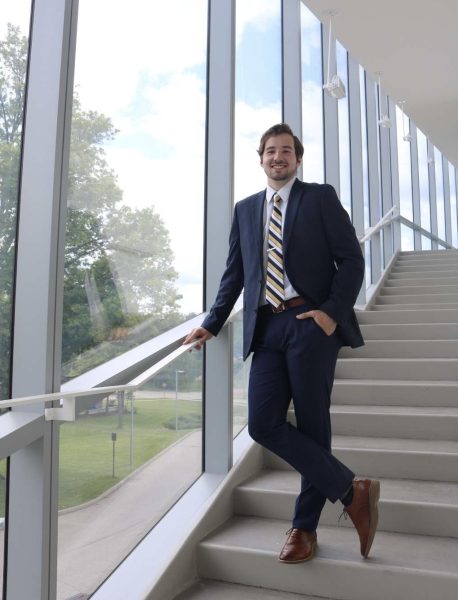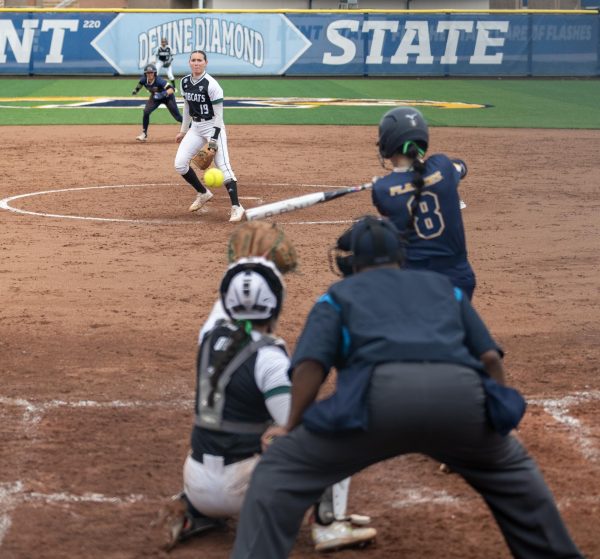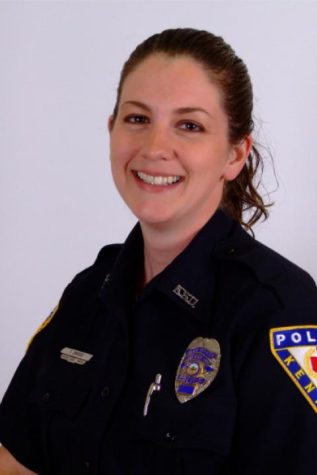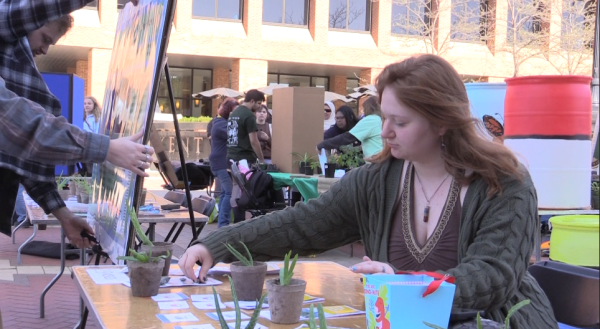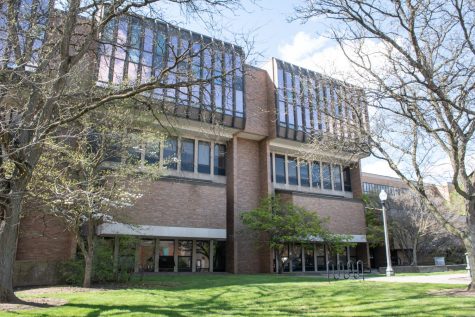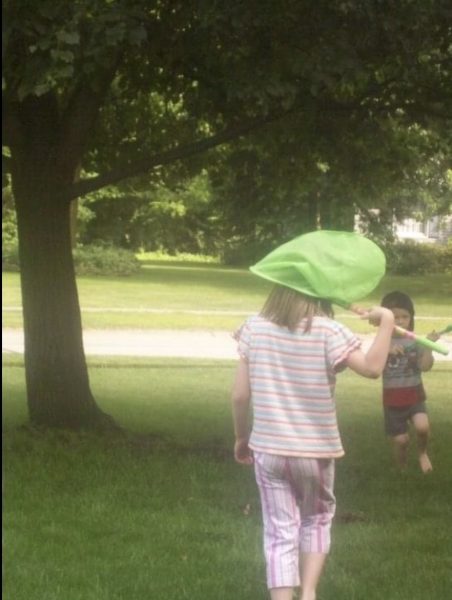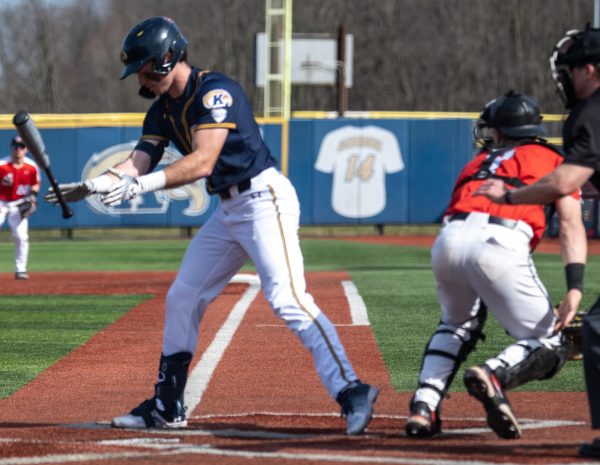Creamer: Tuition dollars bring benefits to student population
August 22, 2007
During a typical day, students are likely to see the products of their tuition money more than a few times.
“Whatever the tuition is, it’s always affecting their lives even if it’s not direct,” said David Creamer, senior vice president for administration.
Creamer broke down the places where students’ tuition money goes into five general areas, and said no matter what the area, the effects are likely to go right back to the students.
Instruction and academic support: 64.2 percent
More than half of students’ tuition money goes toward academic areas, including classes they take, labs and the University Library.
“It’s everything that relates to the academic experience,” Creamer said.
In addition, this area of tuition money supports the provost’s office and each individual college’s dean office.
Administration: 15.7 percent
Tuition money going to the administration not only supports the president and vice presidents, but also much of it directly benefits students.
This area includes the university’s technology services and the Bursar’s office. Student tuition makes it possible to check e-mail through FlashLine and register for classes through Web for Students.
Operation of Buildings and Grounds: 9.3 percent
This money keeps the campus looking and operating the way it does. It covers building operations, including air conditioning and heating, and grounds maintenance, such as mowing grass.
“A little bit of it also covers repairs,” Creamer said.
Scholarships: 6.9 percent
In its entirety, this percentage of money helps ease the tuition burden for students. This covers scholarships that come directly from the university.
Enrollment and Student Affairs: 3.9 percent
Tuition money falling into this category goes to two main divisions: admissions and financial aid, as well as student life, which includes operations of the Undergraduate Student Senate and the Dean of Students.
The general fee
A smaller portion of tuition money also includes the general fee. Clubs and student organizations fall into this category.
This money also goes toward operations such as the Student Recreation and Wellness Center.
Contact principal reporter Christina Stavale at [email protected].












